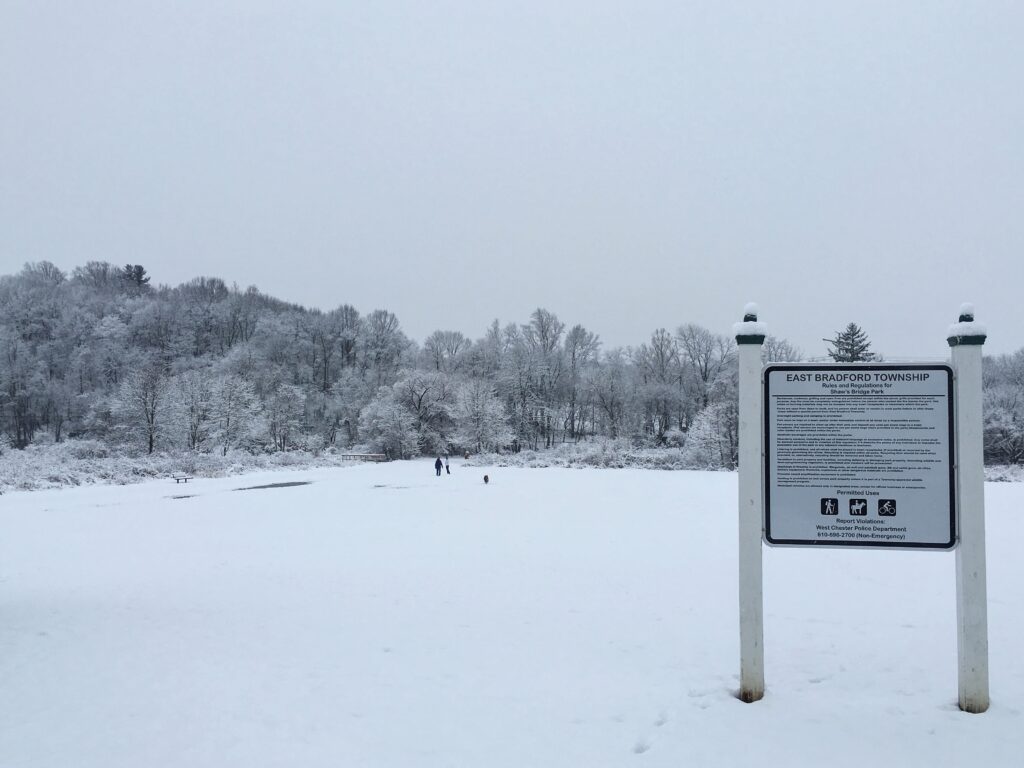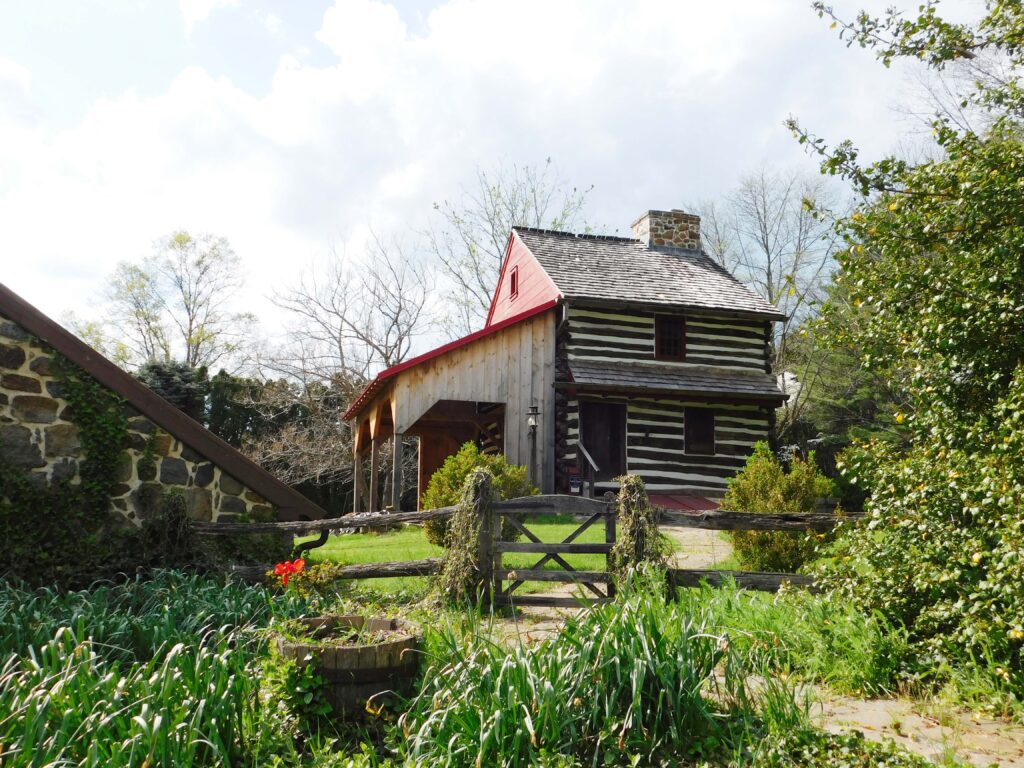The North American Land Trust (NALT) has been exploring several new opportunities to expand the national land trust’s charitable mission of protecting, conserving, and stewarding our natural and cultural resources.
These new ventures include protecting streams, wetlands, and habitats through mitigation easements; assisting local governments to meet their conservation goals, and acquiring historic properties to protect them for future generations.
“It’s a new day at NALT,” says President Steven Carter.
One of these new ventures is creating quite a buzz with landowners and municipalities.
NALT staff is helping public and private landowners create vibrant pollinator fields on their properties. The primary benefit of establishing pollinator fields is to help reverse the staggering decline of Monarch butterfly and bee populations. However, there are other benefits for landowners, including improving the beauty of the properties with colorful wildflowers and reducing the costs of maintenance.
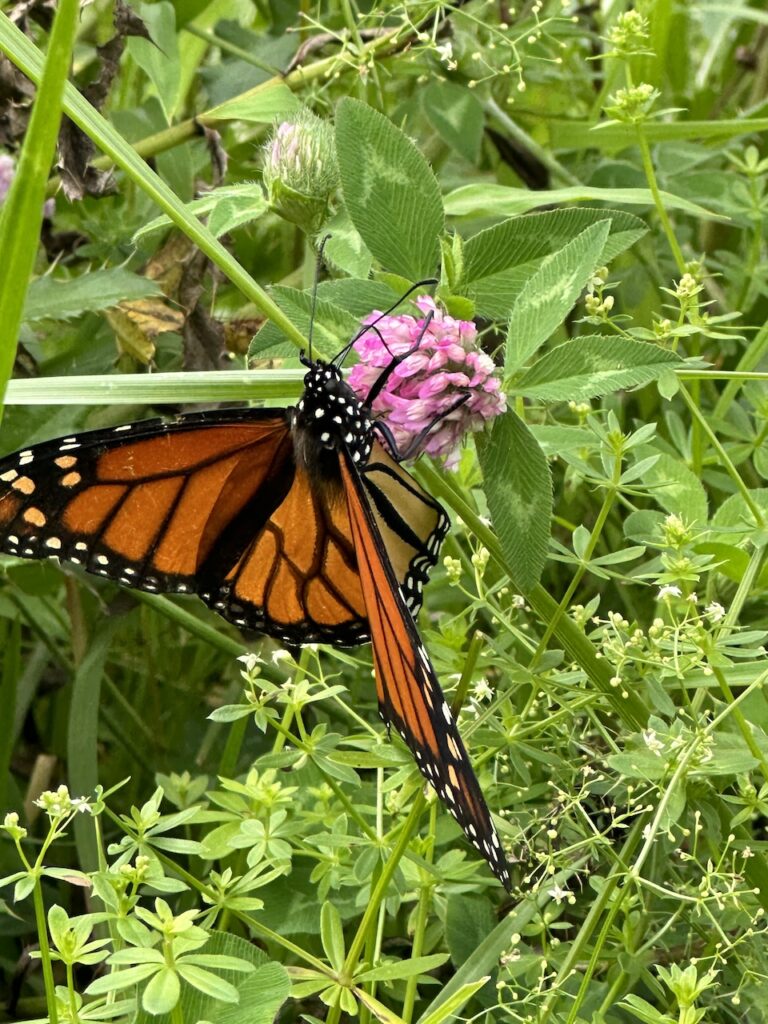
Matt Stutzman, a biologist and program manager at NALT, said the team is currently working on three projects in Chester and Delaware counties in Pennsylvania. Stutzman said the landowners heard about NALT creating pollinator fields at Brinton Run Preserve, and they contacted the land trust to see if the NALT team could establish pollinator habitats at their properties.
Brinton Run Preserve is just a few miles from NALT’s national headquarters in Chadds Ford, Pennsylvania. NALT acquired the 72-acre historic battlefield in 2021 to protect it from development. Since then, hundreds of visitors have enjoyed the preserve’s rolling hills, historic grounds, and hiking trails.
NALT is a member of the Seed a Legacy program, which is managed by The Bee & Butterfly Habitat Fund (BBHF), which recently expanded their program in Pennsylvania. In 2022, NALT team members and volunteers seeded approximately 24 acres at Brinton Run Preserve and turned the fields into pollinator habitats.
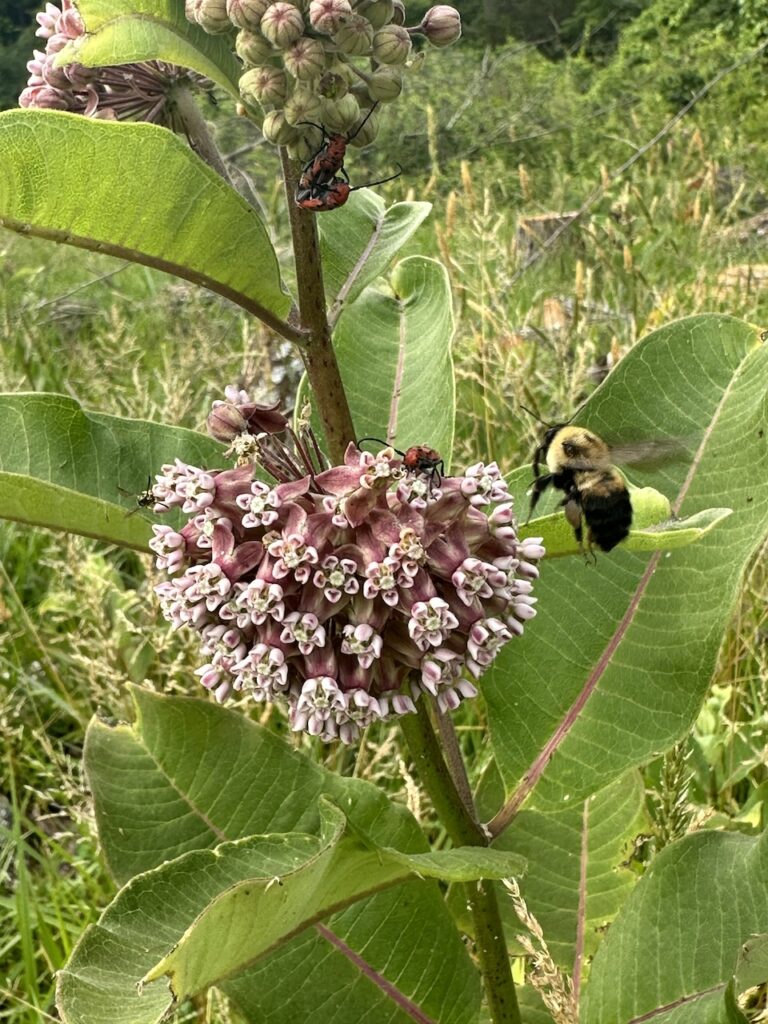
According to the BBHF, one-third of our food supply – especially fruits and vegetables – depends on pollinators. Critical pollinator habitat in North America has been disappearing over the past 20 years.
Native pollinators don’t only depend on flowers for nectar, but also depend on native plants to successfully complete their life cycle. One example is the explicit relationship between Monarch butterflies and native Milkweeds. Without native milkweeds, which young caterpillars feed on exclusively, the Monarch populations will continue to decline.
The organization estimates that the Monarch butterfly population, for example, has declined by 80 percent. Native bee populations also are experiencing population declines across the country due to the loss of native plants and their habitats.
The BBHF is working with private, public, and corporate land managers to create habitat to reverse these trends. Stutzman credited the organization with helping the NALT acquire the pollinator seed needed for 24 acres and training the NALT team to create and maintain thriving pollinator fields.
“They have been awesome to work with,” Stutzman said.
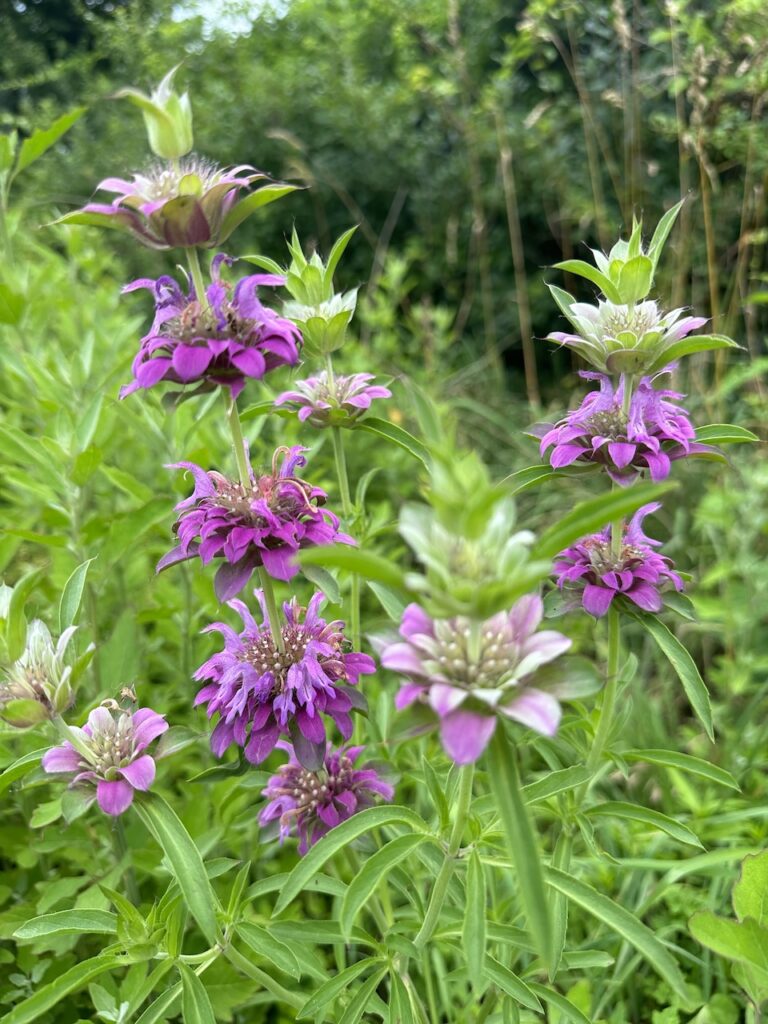
Stutzman said NALT staff is currently working on three pollinator projects in the area: a 10-acre project with a homeowners’ association in Delaware County; a 9-acre project on three properties in Chester County, and a 12-acre project with Concord Township at the township’s Bush Hill Farms Park.
At the properties, Stutzman said, NALT will be using 40 to 50 species of wildflowers and grasses to attract pollinators to the sites. He said the NALT staff this fall will eradicate invasive species and prepare the ground for seeding. He said the township and landowners eventually will see lower maintenance costs and more scenic sites.
“These pollinator habitat fields will be much more colorful and diverse than an old grass field that was left to grow,” Stutzman said. “Hopefully, we are creating a more enjoyable experience for the people who use the land.”
Contact us to learn more about the benefits of pollinator fields on your property.
###
The mission statement of The Bee & Butterfly Habitat Funds reads: “The Bee & Butterfly Habitat Fund is a nonprofit dedicated to establishing high-quality pollinator habitat to ensure pollinator populations thrive. They work with landowners, conservationists, scientists and beekeepers to build healthy and sustainable pollinator habitat with maximum benefits. Their NextGen solution precisely targets pollinators’ needs by engineering projects that provide appropriate bloom diversity, density and duration to optimize forage potential.”


